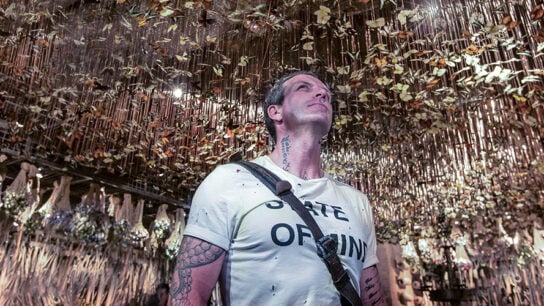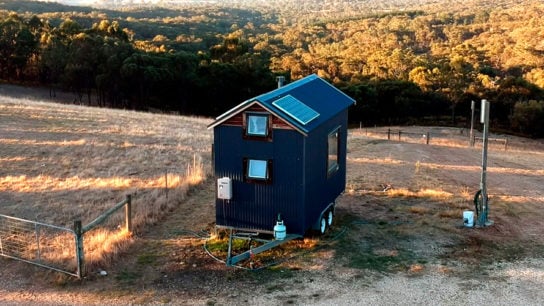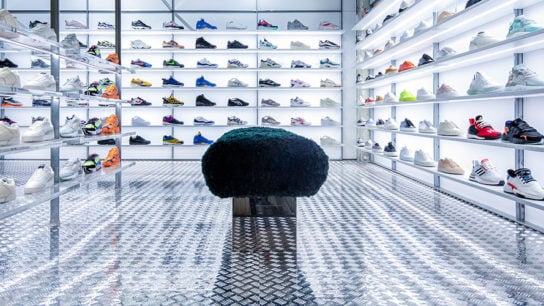Taiwanese fashion brand Outerboro blends tech fabrics with classic style. Meet founder Michael Tu who wants to lead the way in fabric innovation.
In a tropical environment like Taiwan where the summers are long and hot and the winters short and mild, seasons can blend and temperatures can dramatically fluctuate. This makes clothes shopping difficult in a market traditionally dominated by two extremes: either highly-priced international brands or ultra-low-cost no-name labels. In comes Outerboro. Founded in 2012 by Michael Tu and his childhood friend James Tsai, the home-grown Taiwanese apparel brand was launched when the pair tried to find a solution for the limited fashion choices before them. “Clothing should assist us by enabling us to do more and stay ready for any situation. Wear your clothes and don’t let them wear you out,” exclaims Michael. Their motto reflects their desire to develop next-generation clothing solutions – something they do by focusing on functionally designed apparel made out of high-tech, innovative fabrics. Since launch, they have been featured in magazines such as Esquire as they set out to deconstruct the stereotypical apparel brand-building process, overturning a cycle they saw as based on form-over-function, seasonal releases and cheap-as-possible fabrics for one hinging on innovation and honest design. Michael talked Hive Life through their story.
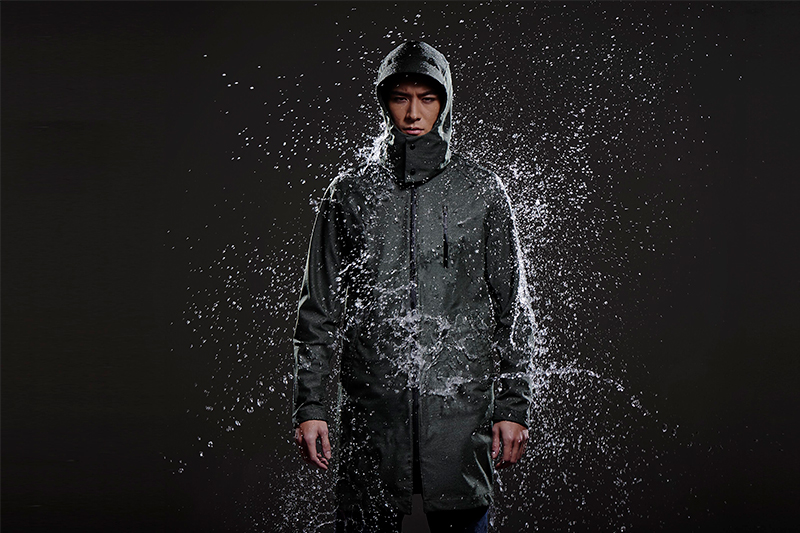
Taiwan quietly leads the world in fabric innovation, accounting for 70% of the world’s functional fabric market. That’s why everyone from Nike to Adidas, Under Armour, Northface, Columbia, Salomon, and many other global brands head there to acquire their textile knowledge. And, it’s in this place of textile know-how that Outerboro has its roots. Representing the third generation of his family in the textile business, Michael’s office sits within 15 minutes of fabric suppliers, yarn spinning mills, design houses, and the city’s Textile Research Institution. “We have the technology today to customise fabrics based on the functionality we want and develop proprietary blends with our neighbouring supplier partners. We prototype and test endlessly,” explains Michael. “I want to share my beliefs with the world – that the future of apparel is sincerity. It’s about creating and using what you need with a conscious and minimalism mindset. For me, it’s been about sharing my core values through our offering.”
You might also like Nosigner: Sparking Social Innovation with Design
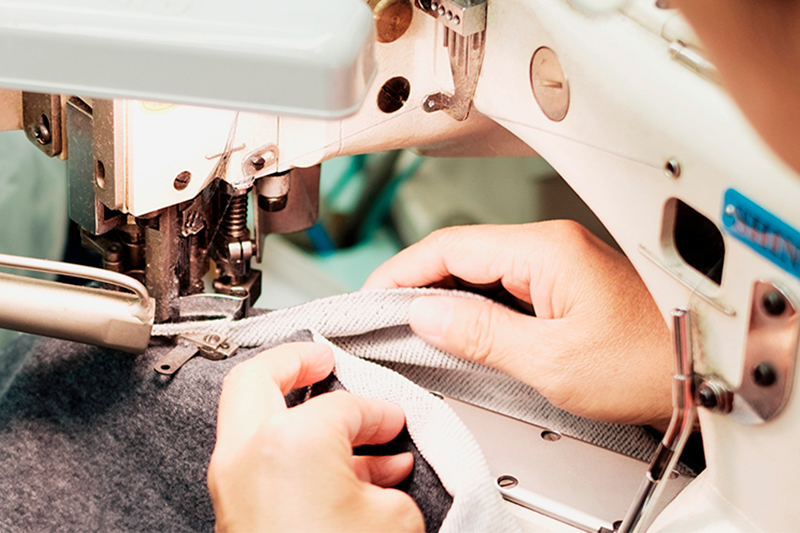
Outerboro takes their innovative fabric choices and applies them to classic items – think formal shirts, hoodies, reversible jackets, T-shirts and blazers, delivering them in carefully chosen fabrics to suit Taiwan’s tropical climate. “Today, DWR (Durable Water-Resistant), anti-odour, abrasion-resistance, UV blocking, and even crazier fabrics are all available within an arm’s reach,” says Michael. For example, their Breeze Shirt may look like a classic dress shirt, but it’s made with a quick-dry, antibacterial fabric that keeps you fresh all day. Their Bond Shirt is treated with Huntsman fabric protector that provides added water, dirt and stain repellent properties and means it can be washed in 50% lower temperatures and dry 40% faster, making it a win for the environment. They merge those fabrics with an aesthetic that touches on the classic and formal, without being too stiff. “One of the things we appreciated from being in Taiwan and the US is the relatively casual and laidback approach they have there to fashion. However, I also spent time in Japan, which is more formal. So, I very much want to look good and proper, and feel comfortable at the same time,” explains Michael of their look.
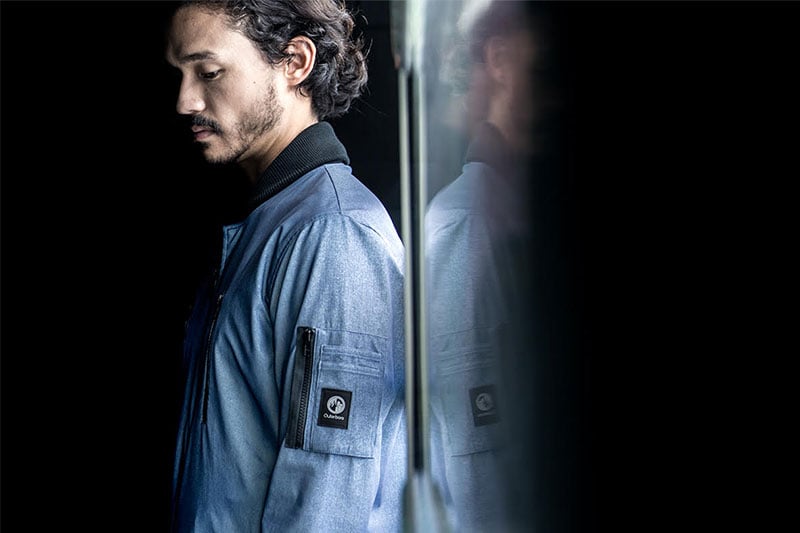
Currently, Outerboro operates out of its showroom and design centre in Taipei, selling online via their website. Gaining traction as a small business has not been easy sailing, however. Even though Taiwan is a country where SMEs have been a driving force, with more than 99% of enterprises having 500 employees or less, Michael has seen challenges in getting a concept off the ground. “Despite being in the textiles industry and having a strategic location for our supply chain, we still faced challenges starting out such as meeting the large MOQs (minimum order quantity) that Taiwan supply chains are generally used to,” he explains. Still, in the future, he foresees more innovation on the horizon, especially at his level. “As the fashion industry moves towards quicker lead times and smaller production runs to stay nimble, we’re seeing many SMEs and young entrepreneurs elevating their craft, and continuing to raise the bar to share their passion.”
Related Articles
Activewear Designed to Get You Running to the Gym


